It’ll be the first manned flight for Bezos’ company since a 2022 malfunction grounded Blue Origin’s New Shepard rockets.
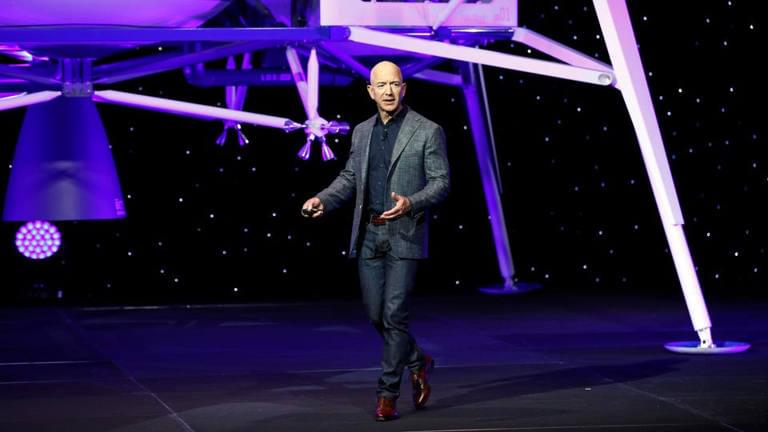


Genetic analysis of 50,000-year-old Neanderthal skeletons has uncovered the remnants of three viruses related to modern human pathogens, and the researchers think they could be recreated.
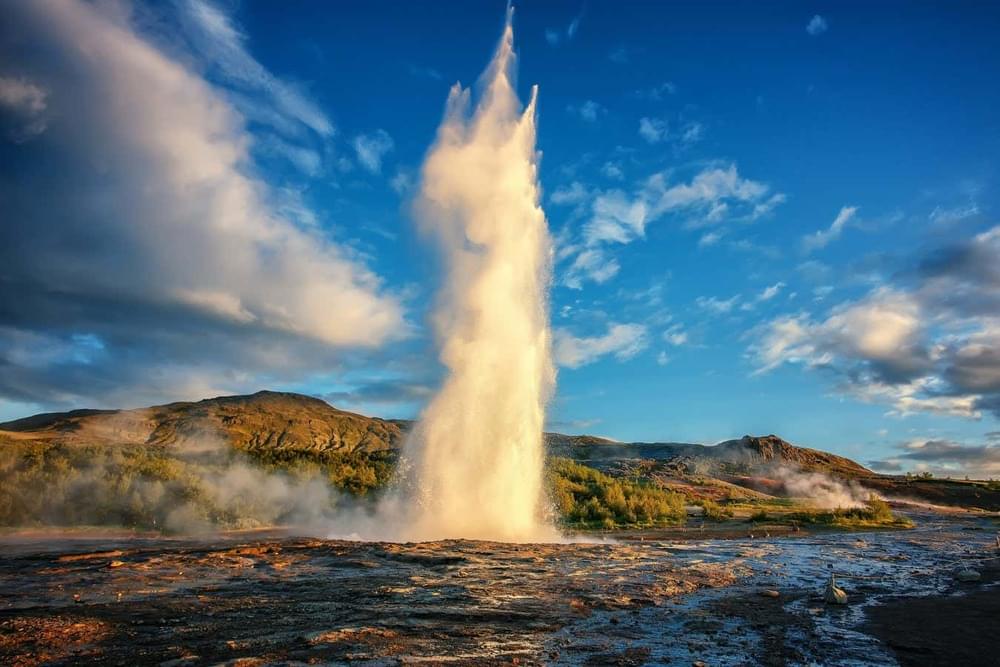
The search for the origin of life on earth goes on.
Simulations of the crust of early Earth show that cycles of pressure caused by geysers or tidal forces could have generated cell-like structures and even very simple proteins.
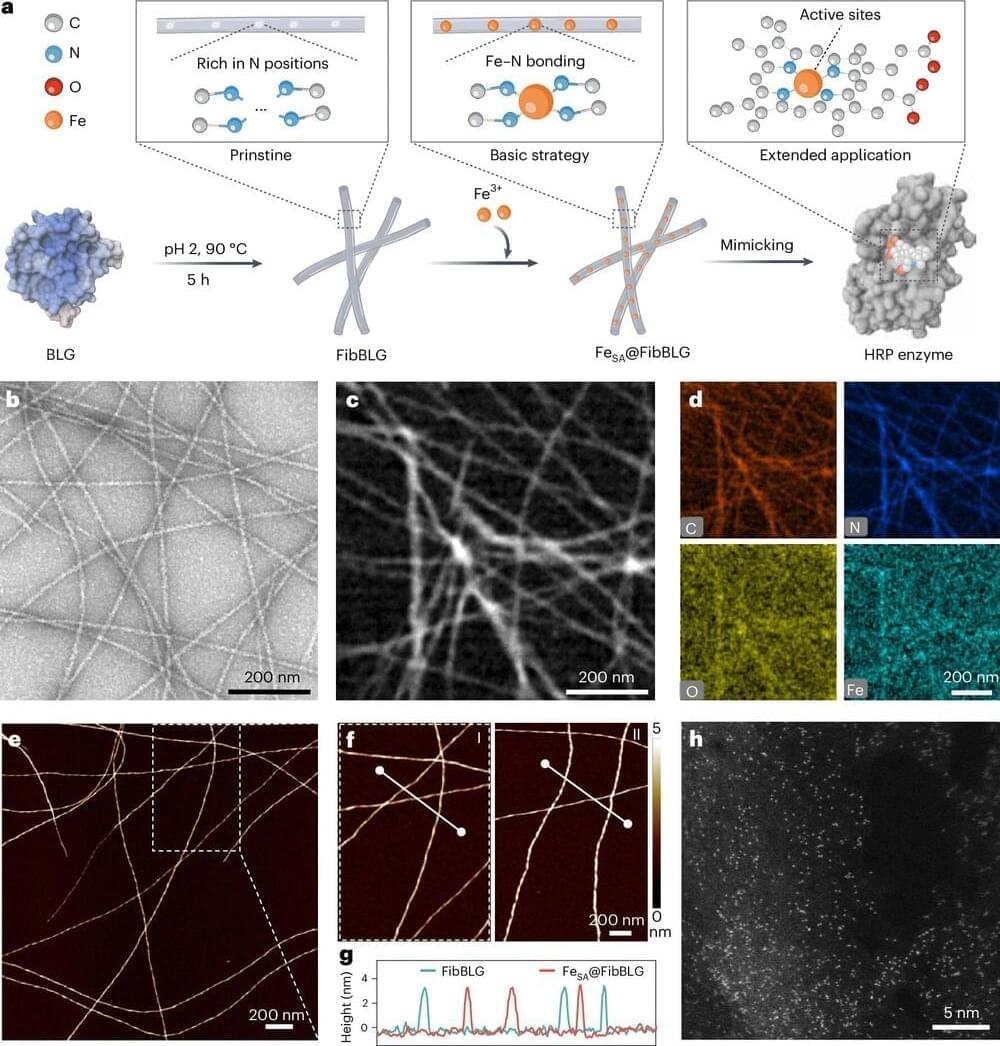

“It is nonsensical to say that an LLM has feelings,” Hagendorff says. “It is nonsensical to say that it is self-aware or that it has intentions. But I don’t think it is nonsensical to say that these machines are able to learn or to deceive.”
Brain scans
Other researchers are taking tips from neuroscience to explore the inner workings of LLMs. To examine how chatbots deceive, Andy Zou, a computer scientist at Carnegie Mellon University in Pittsburgh, Pennsylvania, and his collaborators interrogated LLMs and looked at the activation of their ‘neurons’. “What we do here is similar to performing a neuroimaging scan for humans,” Zou says. It’s also a bit like designing a lie detector.

For decades, philosopher Nick Bostrom (director of the Future of Humanity Institute at Oxford) has led the conversation around technology and human experience (and grabbed the attention of the tech titans who are developing AI – Bill Gates, Elon Musk, and Sam Altman).
Now, a decade after his NY Times bestseller S uperintelligence warned us of what could go wrong with AI development, he flips the script in his new book Deep Utopia: Life and Meaning in a Solved World (March 27), asking us to instead consider “What could go well?”
Ronan recently spoke to Professor Nick Bostrom.
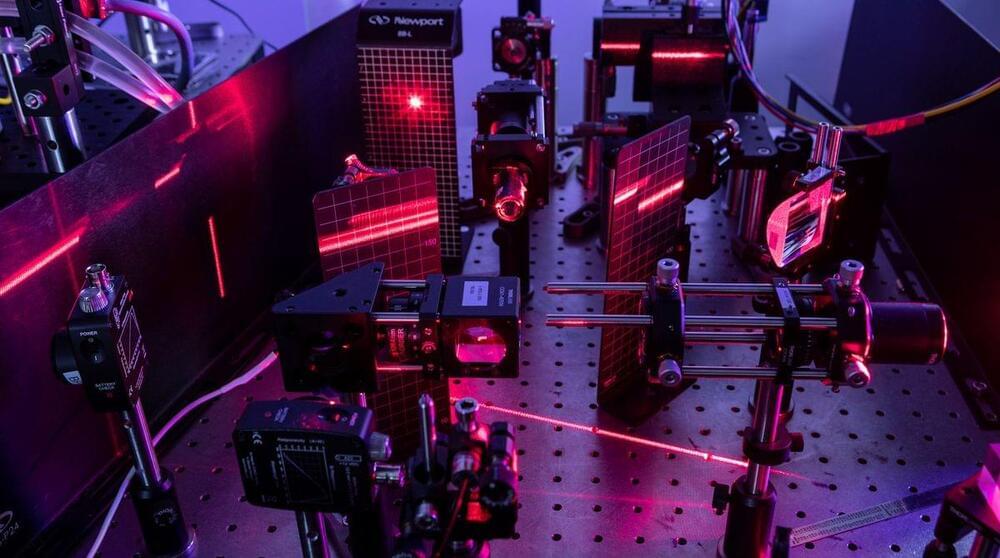
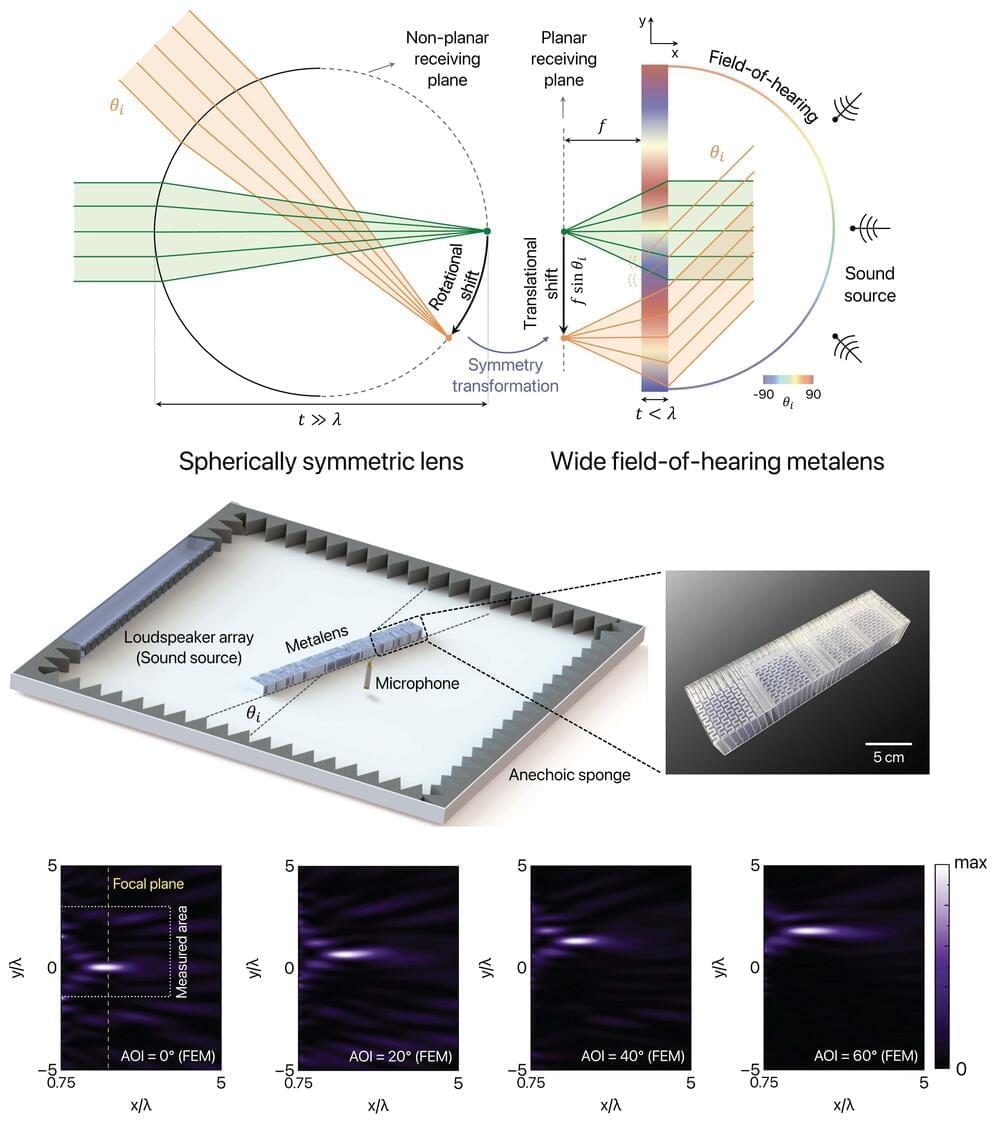
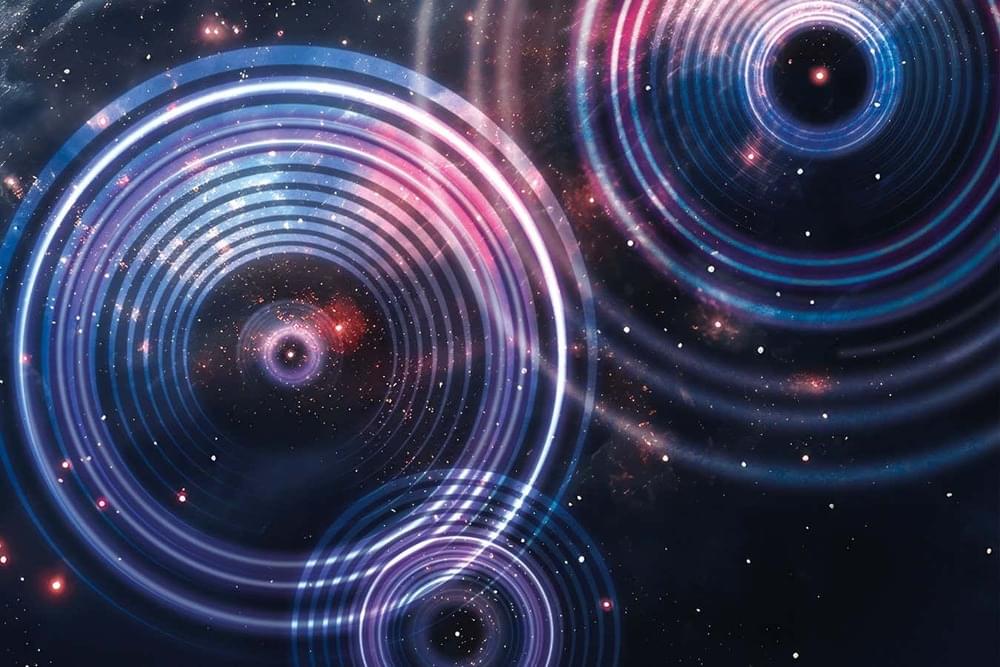
Gravitational waves can be lensed by massive galaxies so that they repeat, like an echo. Scientists are now readying to snare their first one and explore the cosmic secrets it holds.
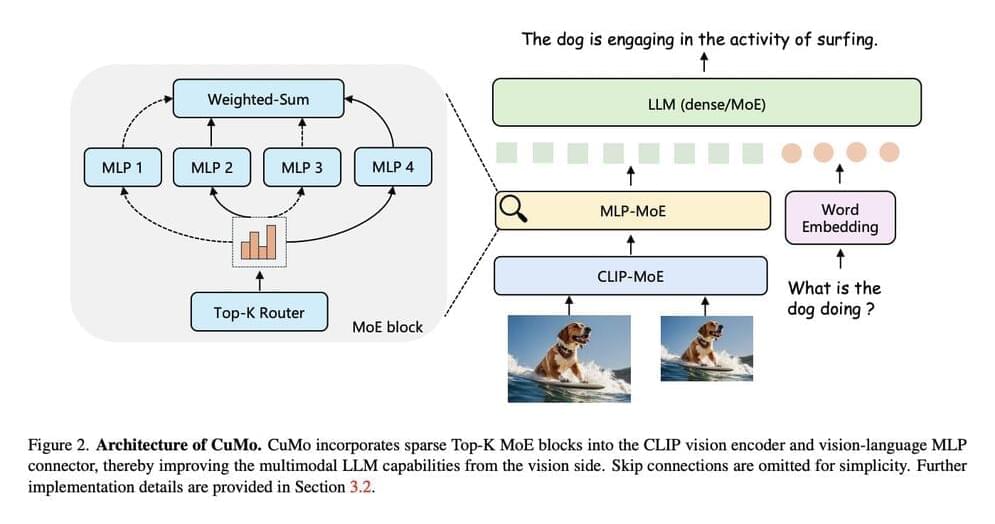
The advent of large language models (LLMs) like GPT-4 has sparked excitement around enhancing them with multimodal capabilities to understand visual data alongside text. However, previous efforts to create powerful multimodal LLMs have faced challenges in scaling up efficiently while maintaining performance. To mitigate these issues, the researchers took inspiration from the mixture-of-experts (MoE) architecture, widely used to scale up LLMs by replacing dense layers with sparse expert modules.
In the MoE approach, instead of passing inputs through a single large model, there are many smaller expert sub-models that each specialize on a subset of the data. A routing network determines which expert(s) should process each input example. It allows scaling up total model capacity in a more parameter-efficient way.
In their approach (shown in Figure 2), CuMo, the researchers integrated sparse MoE blocks into the vision encoder and the vision-language connector of a multimodal LLM. This allows different expert modules to process different parts of the visual and text inputs in parallel rather than relying on a monolithic model to analyze everything.